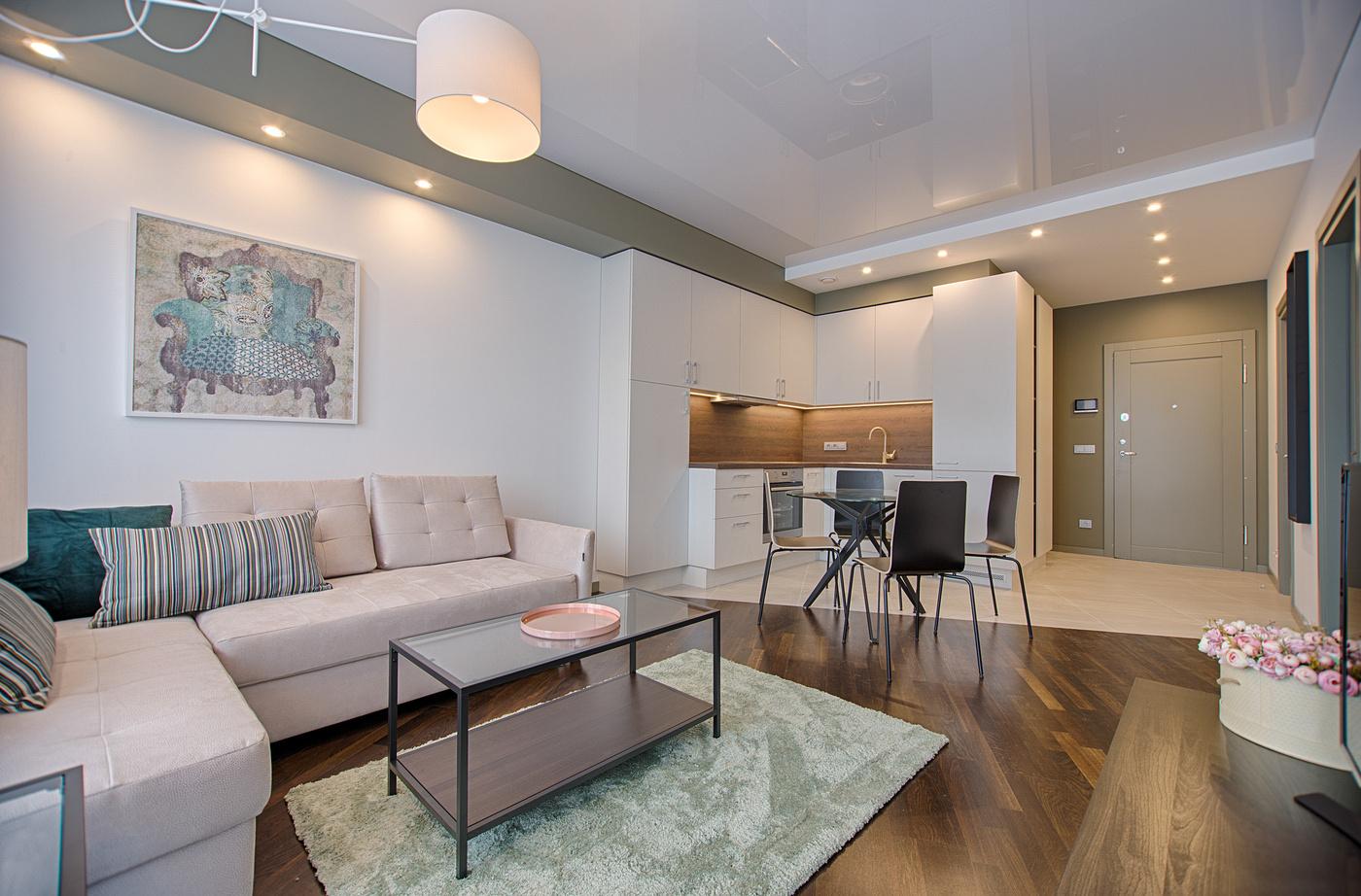
3 minute read
How to Protect Your Modular Interiors from Termite Attacks?
Termites are a silent threat to your interiors, capable of causing extensive damage before you even notice their presence. Modular interiors, often made of wood-based materials, are especially vulnerable if proper precautions aren’t taken. At Unison Interiors (unisoninteriors.com), we believe that prevention is better than cure when it comes to protecting your home from termites. Here’s how you can safeguard your modular interiors and ensure they stand the test of time.
1. Understand the Risk of Termites
Termites thrive in warm, humid environments and feed on cellulose, the primary component of wood. Modular interiors with untreated plywood, MDF, or particleboard are prime targets. If left unchecked, termite infestations can compromise the strength and longevity of your interiors.
2. Choose Termite-Resistant Materials
a) Treated Plywood
Always opt for termite-resistant plywood, such as BWR (Boiling Water Resistant) or BWP (Boiling Waterproof) plywood. These are chemically treated to repel termites and are ideal for areas like kitchens and bathrooms.
b) 100% Gurjan Plywood
This high-quality plywood is naturally dense and resistant to termite attacks, making it a reliable choice for modular interiors.
c) WPC (Wood Plastic Composite)
WPC is an excellent alternative to wood-based materials. It’s made of plastic and wood fibers, offering superior resistance to termites, moisture, and wear.
3. Use Quality Hardware
Low-quality hardware can create gaps where termites can enter. Ensure your modular interiors are built with stainless steel hinges and high-quality fittings, which are durable and pest-resistant.
4. Regular Pest Control Treatments
a) Pre-Construction Treatment
If you’re building or renovating, pre-construction anti-termite treatment can protect your interiors from the ground up.
b) Post-Construction Treatment
Professional pest control services can apply anti-termite sprays or inject termiticides into wooden surfaces and vulnerable areas.
5. Maintain a Clean and Dry Environment
Termites thrive in damp conditions. To minimize their chances of infestation:
Fix plumbing leaks promptly.
Use proper ventilation to reduce indoor humidity.
Avoid stacking wooden items or cardboard near walls.
6. Inspect Your Interiors Regularly
Check for early signs of termite activity, such as:
Hollow-sounding wood.
Mud tubes along walls or furniture.
Powdery wood residue near wooden surfaces.
Early detection can prevent significant damage.
7. Use Termite-Repellent Coatings
Many wood coatings and polishes are designed to repel termites. Apply these to exposed wooden surfaces for added protection.
8. Invest in Modular Furniture with Certified Quality
At Unison Interiors, we prioritize the use of termite-resistant materials and certified products. Our modular interiors are built to last, with:
Chemically treated plywood for long-term resistance.
Moisture-proof designs to reduce termite risk.
Expert craftsmanship to minimize gaps and weak spots.
Why Prevention Is Worth It
Protecting your interiors from termites not only ensures their longevity but also saves you the expense and hassle of repairs. With a combination of high-quality materials, professional treatments, and regular maintenance, you can enjoy peace of mind in a termite-free home.
Partner with Unison Interiors for Termite-Free Interiors
Looking for modular interiors that combine style, functionality, and durability? At Unison Interiors, we use only the best materials and methods to ensure your home remains safe from termites. Visit unisoninteriors.com to learn more or contact us to start your project today!



